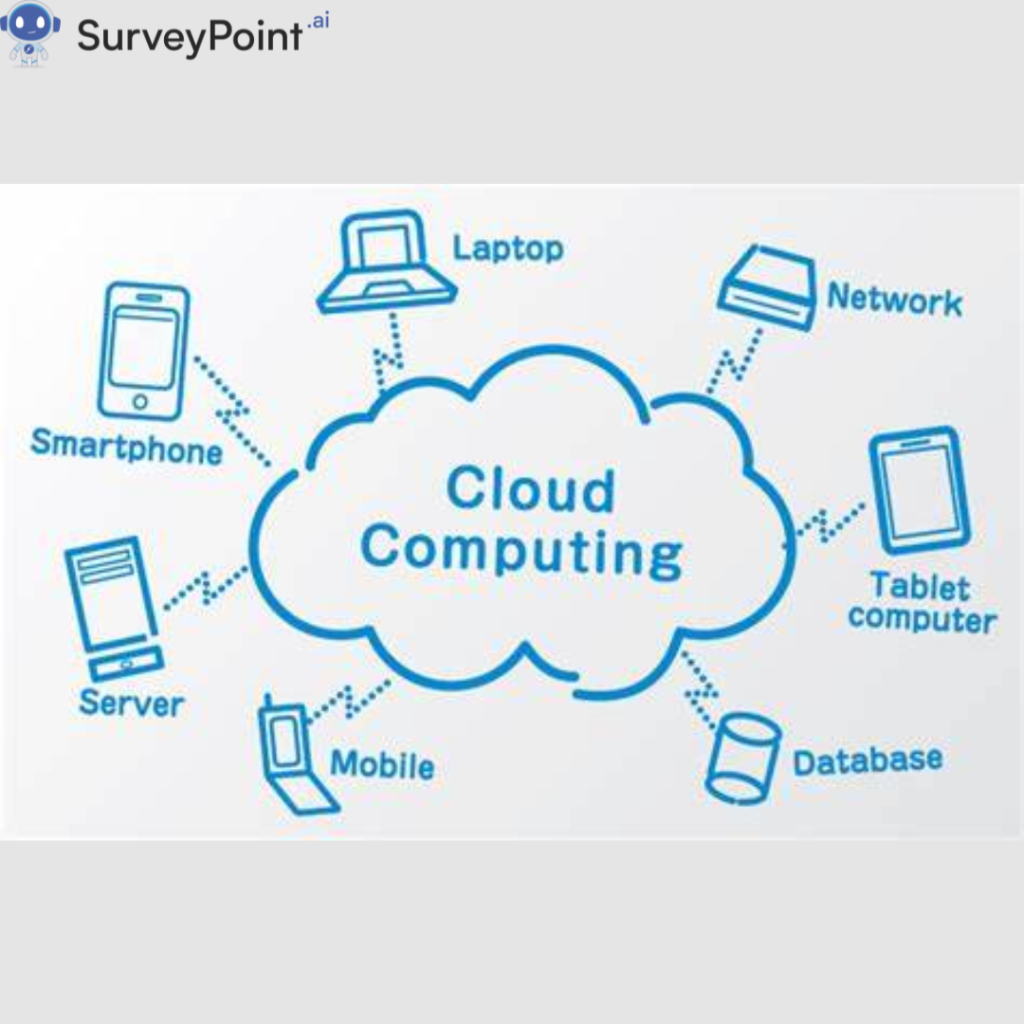
In the ever-evolving landscape of technology, the term “accelerated computing” has become increasingly prominent. For those not deeply immersed in the world of high-performance computing, understanding the significance and benefits of accelerated computing can be a daunting task.
Fear not! This beginner-friendly guide aims to unravel the mysteries behind accelerated computing, exploring what it is, why it’s essential, and its myriad applications.
What is accelerated computing?
Accelerated computing stands as a transformative force in the realm of high-performance computing, revolutionising the speed and efficiency of complex tasks. By leveraging specialised hardware such as GPUs and TPUs, this approach accelerates processing speeds, tackling computations that once consumed hours in a fraction of the time. Industries ranging from scientific research to artificial intelligence are witnessing unprecedented breakthroughs, thanks to the remarkable capabilities of accelerated computing. Its capacity to parallelize and optimise workloads not only enhances performance but also enables the seamless handling of massive datasets.
As the demand for faster and more agile computation intensifies across diverse sectors, accelerated computing emerges as a cornerstone technology, poised to redefine the limits of what’s possible in the digital age.
The Need for Speed: Why Accelerated Computing?
In our data-driven era, the demand for faster and more efficient computing is insatiable. Accelerated computing addresses this need by offloading compute-intensive tasks to specialised accelerators, leaving the CPU free to handle other aspects of computation. Whether it’s complex simulations, artificial intelligence (AI) workloads, or scientific research, the speed and efficiency gained through acceleration are crucial.
Benefits of Accelerated Computing
a. Speed and Performance: Accelerated computing excels at parallel processing, enabling the execution of multiple tasks simultaneously. This results in significantly faster computations, making it ideal for applications that demand high-performance computing.
b. Energy Efficiency: While traditional CPUs are powerful, they can be power-hungry. Accelerated computing, with its focus on parallelism, often delivers better performance per watt, making it a more energy-efficient solution.
c. Optimised for Specific Workloads: Accelerators are designed with specific tasks in mind. GPUs, for example, are superb at handling graphics and parallel processing, while TPUs are tailored for machine learning workloads. This specialisation leads to optimised performance for targeted applications.
Applications of Accelerated Computing
a. AI and Machine Learning: Accelerated computing has revolutionised the field of AI and machine learning. Training and inference tasks that would take an exorbitant amount of time on traditional CPUs can be expedited through the parallel processing capabilities of accelerators.
b. Scientific Research: Fields such as physics, chemistry, and biology benefit from accelerated computing in simulations and data analysis. The ability to process vast amounts of data quickly accelerates the pace of scientific discovery.
c. Graphics Rendering: In the realm of entertainment and design, accelerated computing plays a pivotal role in rendering realistic graphics and handling complex visual effects.
d. Financial Modelling: Accelerated computing is utilised in the financial sector for complex simulations and risk analysis. The ability to process large datasets swiftly is crucial to making informed financial decisions.
Why Accelerated Computing is Essential
a. Meeting Increasing Demands: As the complexity of computing tasks continues to grow, accelerated computing becomes indispensable in meeting the ever-increasing demands for speed and efficiency.
b. Enabling Innovation: Accelerated computing empowers researchers, scientists, and developers to push the boundaries of what’s possible, fostering innovation across various domains.
c. Handling Big Data: In the era of big data, traditional computing methods often fall short. Accelerated computing excels in handling large datasets, making it an essential tool for data-intensive applications.
The Future of Accelerated Computing
As technology evolves, so too will the landscape of accelerated computing. Advances in hardware architecture, software optimization, and the integration of accelerators into various devices are poised to shape the future of computing. From edge devices to cloud servers, accelerated computing is becoming ubiquitous, driving advancements in diverse fields.
Conclusion
In this beginner-friendly guide, we’ve demystified accelerated computing, exploring its definition, benefits, applications, and essential role in our increasingly data-centric world. Whether you’re a technology enthusiast, a student, or a professional in a related field, understanding the power and potential of accelerated computing is key to staying at the forefront of technological innovation. As we embrace the future, the acceleration of computing power promises to unlock new possibilities and shape the way we approach complex problems in the years to come.




